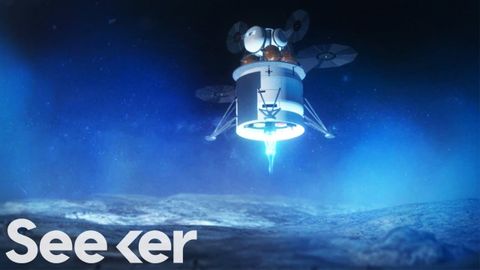
Subtitles & vocabulary
NASA’s 2024 Artemis Moon Landing Mission Explained
00
林宜悉 posted on 2020/03/25Save
Video vocabulary
essential
US /ɪˈsɛnʃəl/
・
UK /ɪ'senʃl/
- Adjective
- Extremely or most important and necessary
- Fundamental; basic.
- Noun
- A concentrated hydrophobic liquid containing volatile aroma compounds from plants.
B1TOEIC
More accomplish
US /əˈkɑmplɪʃ/
・
UK /ə'kʌmplɪʃ/
- Transitive Verb
- To succeed in doing; complete successfully
B1TOEIC
More expect
US /ɪkˈspɛkt/
・
UK /ɪk'spekt/
- Verb (Transitive/Intransitive)
- To believe something is probably going to happen
- To anticipate or believe that something will happen or someone will arrive.
A1TOEIC
More roughly
US /ˈrʌflɪ/
・
UK /ˈrʌfli/
- Adverb
- Approximately; (of numbers) about; around
- In a manner that is violent or not careful
B1
More Use Energy
Unlock All Vocabulary
Unlock pronunciation, explanations, and filters
